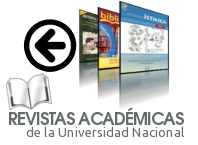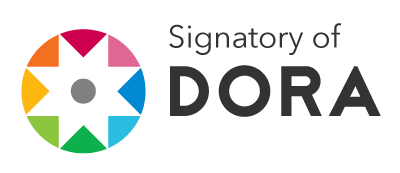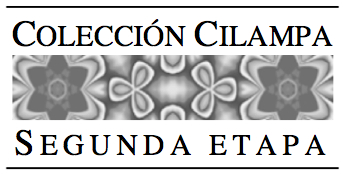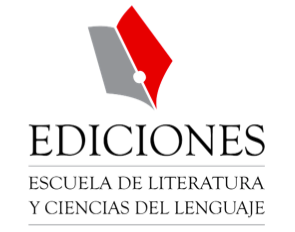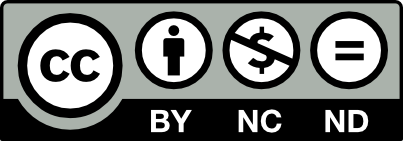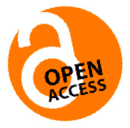El aprendizaje móvil: enfoque integrador para aumentar la participación de los estudiantes
DOI:
https://doi.org/10.15359/rl.1-67.7Palabras clave:
aprendizaje móvil, dispositivos didácticos, aprendizaje de lenguasResumen
El aprendizaje móvil utiliza dispositivos electrónicos como procedimiento didáctico para el aprendizaje en la clase en tiempo real. Estudios recientes sobre aprendizaje móvil sostienen que el uso de estos dispositivos mejora la participación y el rendimiento académico del estudiante. Mediante un cuestionario se consultó a veintidós profesores del Bachillerato en la Enseñanza del Inglés en la Escuela de Literatura y Ciencias del Lenguaje (ELCL) de la Universidad Nacional de Costa Rica, para recabar información sobre el modo en que los dispositivos móviles se usan la clase.
Referencias
Akour, Hassan. “Determinants of Mobile Learning Acceptance: An Empirical Investigation in Higher Education,” ProQuest LLC Dissertations, 2010.
Al-Emram, Mostafa, and Khaled Shaalan, “Learners and Educators Attitudes towards Mobile Learning in Higher Education: State of the Art,” International Conference on Advances in Computing, Communications and Informatics (ICACCI) (2015): 907-913. DOI: https://doi.org/10.1109/icacci.2015.7275726.
Ally, Mohamed, and Josep Prieto-Blázquez, “What is the future of mobile learning in education?” International Journal of Educational Technology in Higher Education 11, 1 (2014): 142-151.
Alvarado Martínez, Guisselle. “As TIC, geradoras da nova cultura informática: uso da “Aula Virtual,” Universidad Nacional, Costa Rica,” Semina: Ciências Sociais e Humanas 12, 1 (2016): 119-127. DOI: https://doi.org/10.5433/1679-0383.2016v37n1p119.
Burston, Jack. “Mobile Language Learning: Getting IT to Work.” Foreign Language Instructional Technology: Theory and Practice. Chipre: University of Nicosia Press, 2012.
Burston, Jack. “Realizing the Potential of Mobile Phone Technology for Language Learning,” IALLT Journal of Language Learning Technologies 41, 2 (2011): 56-71. DOI: https://doi.org/10.17161/iallt.v41i2.8490.
Cordero, Carlos. “Sigue aumento de uso de Internet móvil en Costa Rica, pero cae la velocidad promedio de 4G,” El financiero, 19 feb. 2018, <https://www.elfinancierocr.com/ tecnologia/sigue-aumento-de-uso-de-internet-movil-en-costa/ 6CDA3KNM6ND3BOC4BARGYKSGV4/story/>.
Crompton, Helen. “A Historical Overview of Mobile Learning: Toward Learner-Centered Education,” Handbook of Mobile Learning. New York: Routledge, 2013.
Danae, Romrell, Lisa C. Kidder and Emma Wood. “The SAMR Model as a Framework for Evaluating mLearning.” Journal of Asynchronous Learning Networks 18, 2 (2014): 82.
Jairak, Kallaya, Prasong Praneetpolgrang and Kittima Mekhabunchakij. “An Acceptance of Mobile Learning for Higher Education Students in Thailand,” International Journal of the Computer, The Internet and Management 17, SP3 (2019): 36.1-36.8.
James, Paul T. J. “Mobile-Learning: Thai HE Student Perceptions and Potential Technology Impacts,” International Education Studies 4 (2011): 182-194 (182). DOI: https:// doi.org/10.5539/ies.v4n2p182.
Koole, Marguerite. “A Model for Framing Mobile Learning,” Mobile Learning: Transforming the Delivery of Education and Training. Edmonton, AB: AU Press, 2009.
Krull, Greg, and Josep M. Duart. “Research Trends in Mobile Learning in Higher Education: A Systematic Review of Articles (2011-2015).” International Review of Research in Open and Distributed Learning 18, 7 (2017): 1-23. DOI: https://doi.org/10.19173/ irrodl.v18i7.2893.
Lam, Yvonne. “Technophilia vs. Technophobia: A Preliminary Look at Why Second-Language Teachers Do or Do Not Use Technology in Their Classrooms,” Canadian Modern Language Review 56, 3 (2000): 389-420. DOI: https://doi.org/10.3138/ cmlr.56.3.389.
Litchfield, Andrew, Laurel Dyson, Elaine Lawrence and Agnieszka Zmijewska, “Directions for M-learning Research to Enhance Active Learning,” Proceedings ASCILITE, Singapore (2007) 587-596.
Lugo, María Teresa, and Sebastián Schurmann. Turning on Mobile Learning in Latin America Paris: UNESCO, 2012. 19-23.
Mielo, Gary. “The Medium is the Moblog.” ETC: A Review of General Semantics 62, 1 (2005): 28-35.
Mohammadi, Hossein. “Social and Individual Antecedents of M-learning Adoption in Iran,” Computers in Human Behavior 49, (2015): 191-207. DOI: https://doi.org/10.1016/ j.chb.2015.03.006.
Osman, Mohamed M., El-Hussein and Johannes C. Cronje, “Defining Mobile Learning in the Higher Education Landscape,” Educational Technology and Society 13, 3 (2010): 12-21.
Romrell, Danae, Lisa C. Kidder and Emma Wood, “The SAMR Model as a Framework for Evaluating mLearning.” Online Learning (formerly: Journal of Asynchronous Learning Networks) 18, 2 (2014): 82-97.
Saliba Akour, Gina, Lynnae Rankine and Hermy Cortez, Fundamentals of Blended Learning. Penrith: University of Western Sydney, 2013.
Viberg, Olga, and Âke Grönlund. “Cross-cultural Analysis of Users’ Attitudes toward the Use of Mobile Devices in Second and Foreign Language Learner in Higher Education: A Case from Sweden and China,” Computers & Education 69 (2013): 169-180. DOI: https:// doi.org/10.1016/j.compedu.2013.07.014.
West, Mark. Turning on Mobile Learning. Global Themes. Paris: UNESCO, 2012.
Descargas
Publicado
Cómo citar
Número
Sección
Licencia
Principios básicos:
a) Los autores conservarán los derechos de propiedad intelectual de sus aportes o artículos;
b) Cada autor deberá indicar expresamente que ese artículo lo entrega, en calidad de exclusividad, a la revista LETRAS; y
c) La revista Letras se reservará el derecho de autorizar para fines académicos no lucrativos la reproducción y uso de ese material por parte de terceros, siempre que éstos indiquen expresamente la procedencia del artículo. Todo ello se postula en concordancia con la normativa de "Creative Commons Atribution License", recomendada.

This work is licensed under a Creative Commons Attribution-NonCommercial-NoDerivs 3.0 Costa Rica License.

